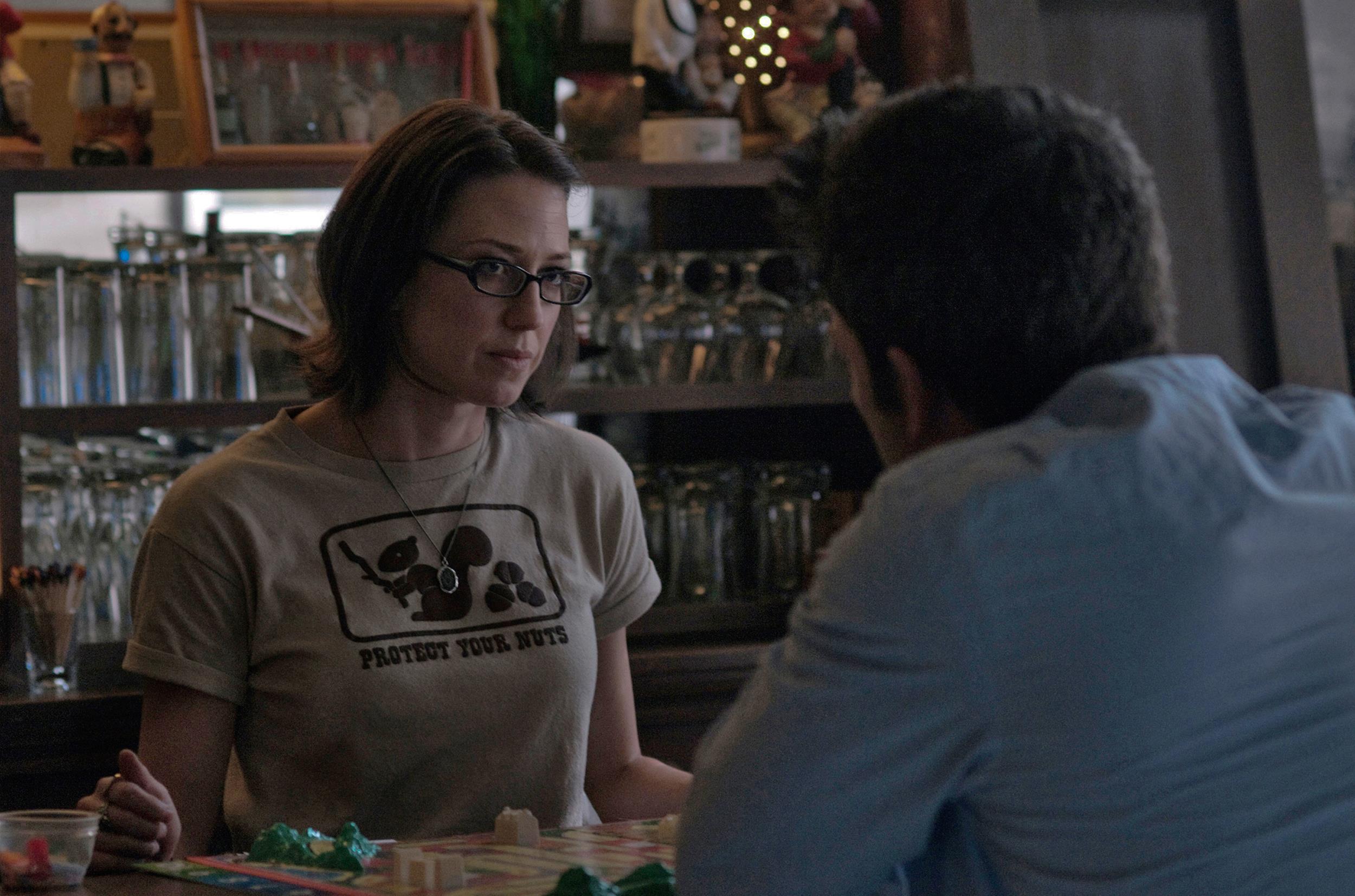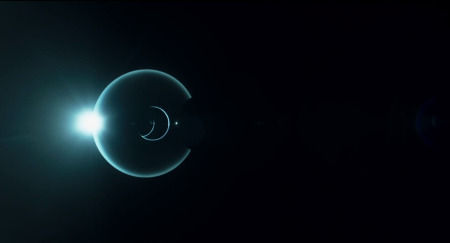Team FYC: Tom Hardy in Locke for Best Actor
 Friday, December 5, 2014 at 4:20PM
Friday, December 5, 2014 at 4:20PM Editor's Note: We're featuring individually chosen FYC's for various longshots in the Oscar race. We'll never repeat a film or a category so we hope you enjoy the variety of picks. And if you're lucky enough to be an AMPAS, HFPA, or Critics Group voter, take note! Here's David on Tom Hardy in Locke.

You hear Tom Hardy’s Ivan Locke before you see his face. Hardy has spoken about the mistaken origins of his attempt at a Richard Burton-esque Welsh brogue, but the dialect is the least important aspect of how the choice functions in acting. Locke’s accent makes his voice measured and plaintive, remaining a calmly placating force across his telephone conversations as he journeys across the British Isles one fateful night.
Steven Knight’s surprisingly tense script sets the groundwork for the surprising tension of Locke, but it’s Hardy’s performance that creates the compelling emotional drama out of events as mundane as a concrete pour. Any singular character piece like this inevitably relies heavily on its sole performer, and Hardy proves himself both actor and star, contorting his charisma so that Locke’s passion for his abandoned job and his complex dedication to both his wife and the other woman he is travelling to see are clear just by the way Hardy’s eyes shine.
Knight’s chamber play doesn’t even allow Hardy the luxury of standing up once he enters the car at the beginning, limiting the actor even further. It’s a remarkable acting challenge, but the emotional delicacy Hardy is able to develop from just his voice, face and hands is an incredibly graceful experience. Locke is a character defined through his relationships to the people on the end of the phone (and a ghost in the backseat), and the way Hardy softly modulates his voice across the course of seismic emotional shifts creates an intimacy that Knight’s script might otherwise have precluded through its decisive audio choreography. Simply watching the contours of his face and how different they have become by the film’s end is more compelling than the majority of films released this year.
Other FYCs
Original Screenplay, The Babadook
Original Score, The Immigrant
Supporting Actress, Gone Girl
Visual FX, Under the Skin
Cinematography, The Homesman
Outstanding Ensembles
 Best Actor,
Best Actor,  FYC,
FYC,  Locke,
Locke,  Tom Hardy
Tom Hardy 







